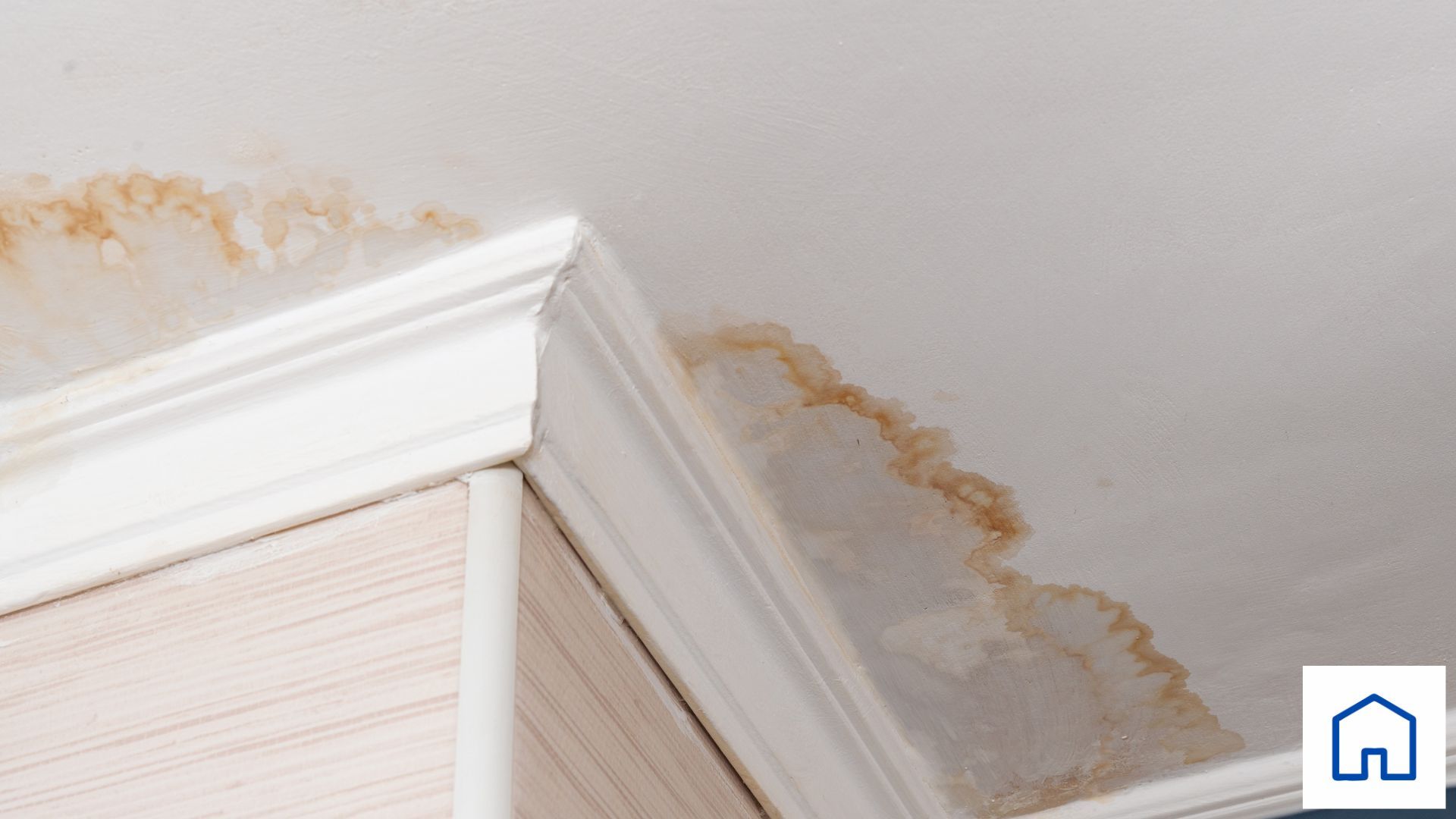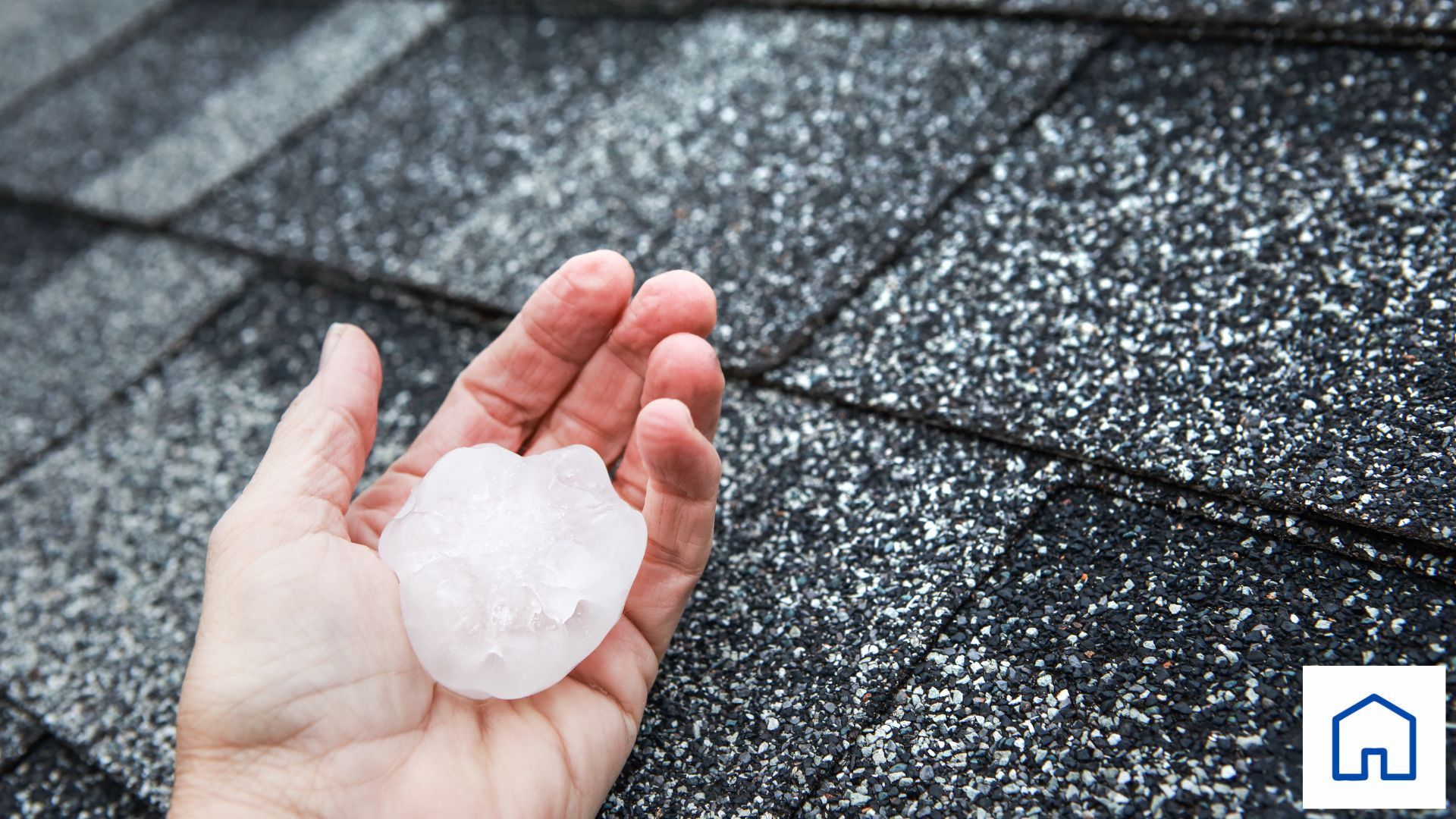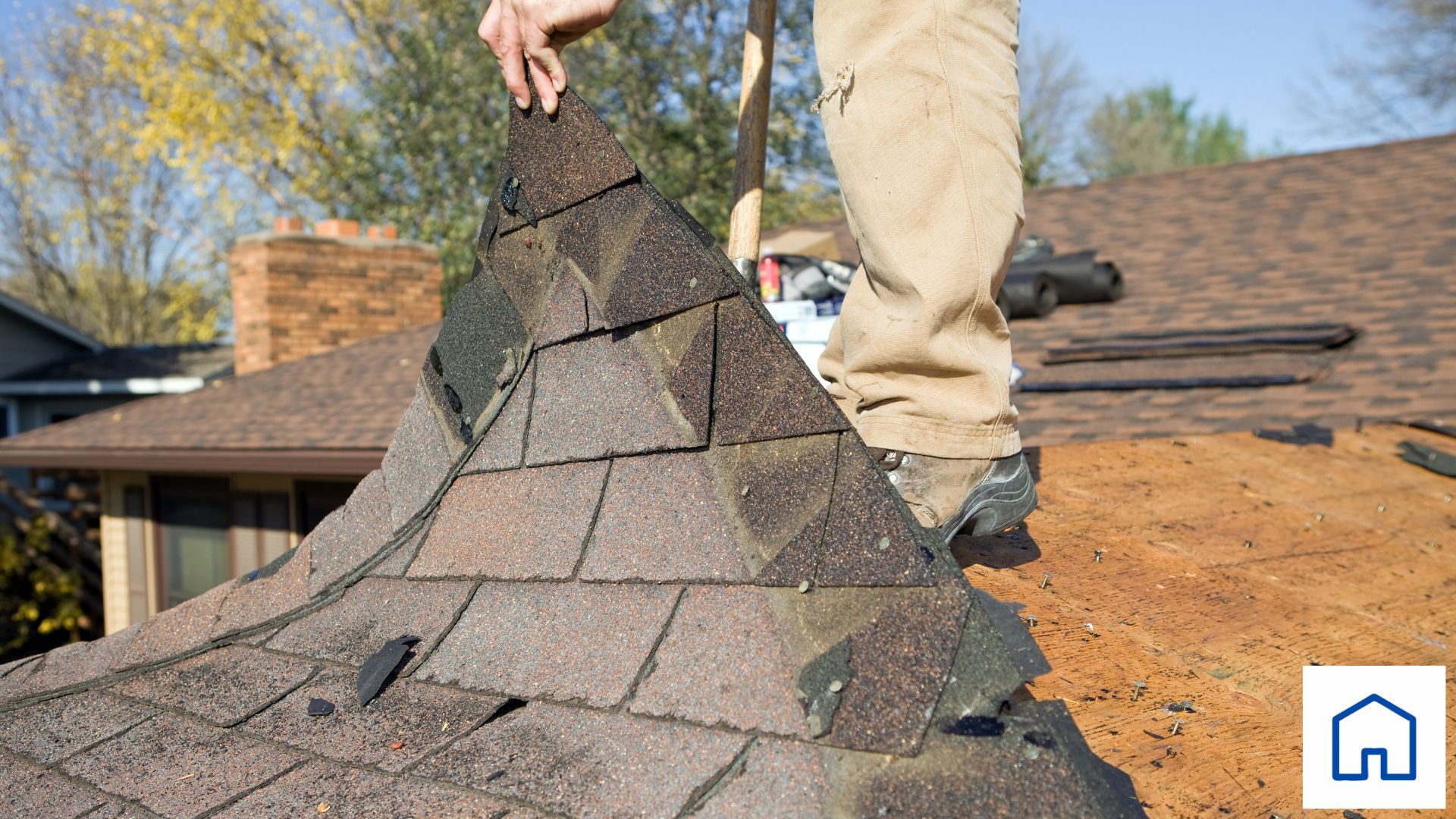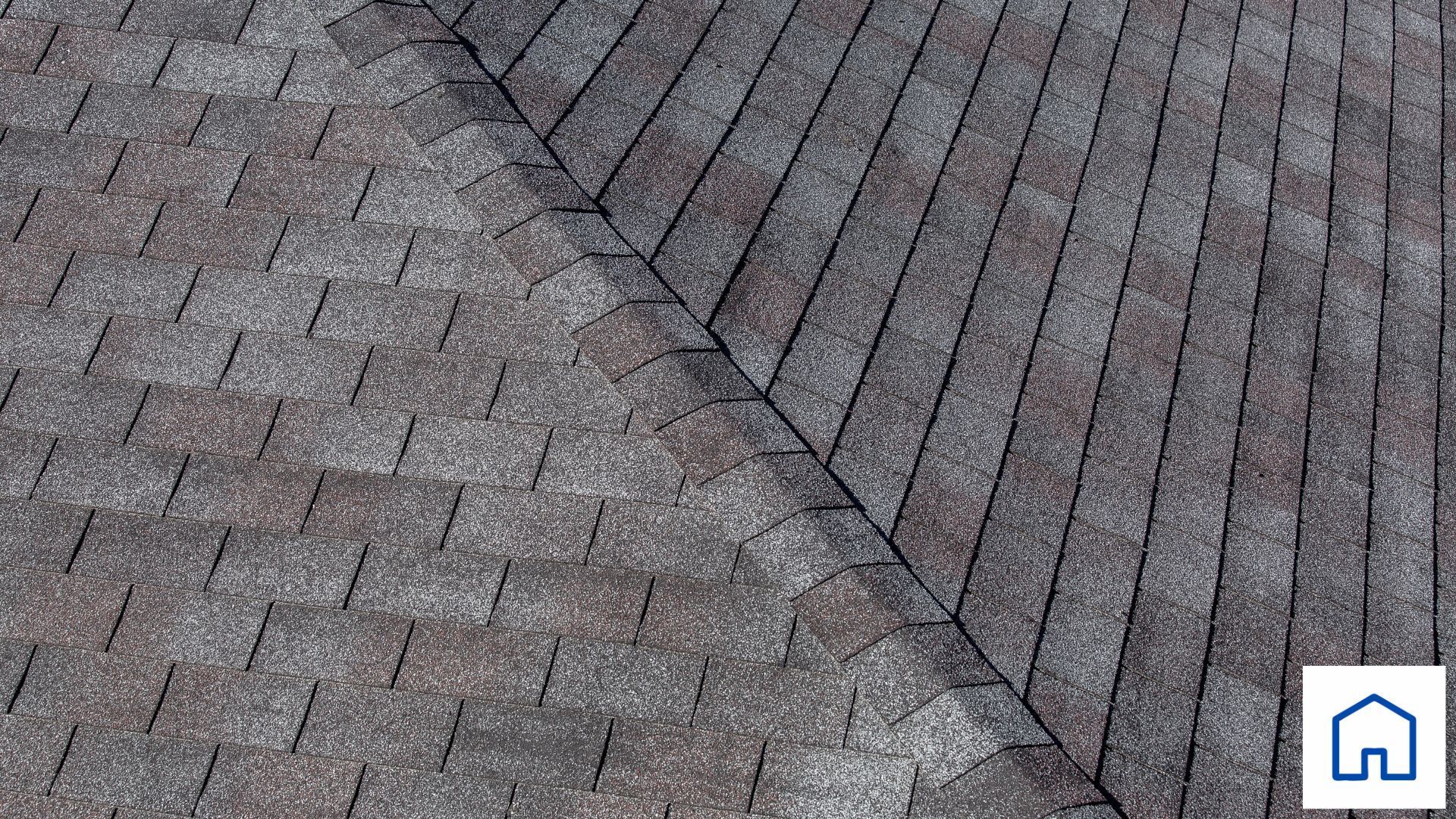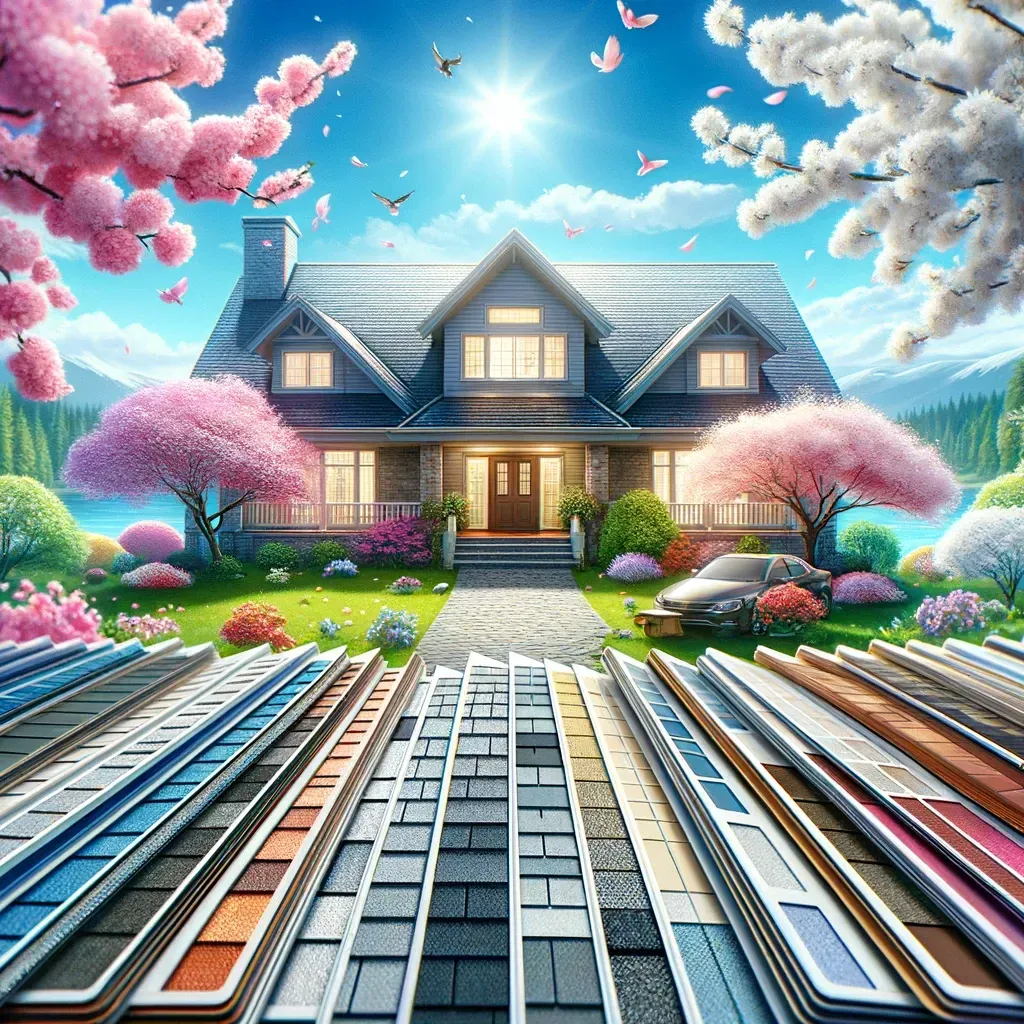Identifying Roof Damage
Identifying Roof Damage: A Homeowner’s Guide
For most homeowners, the roof is out of sight and thus out of mind—until a problem arises. Understanding how to identify signs of roof damage early can save you significant time and money, preventing minor issues from escalating into major repairs or even full replacements. Here’s an essential guide on what to look for when inspecting your roof for damage.
1. Visual Inspection from the Ground
Start with a simple visual inspection from the ground. Use binoculars if you have them. Look for signs of missing, damaged, or aging shingles. Shingles that are cracked, buckling, or curling at the edges are a clear indicator that they have reached the end of their life span. Also, check for any missing granules that protect the shingle from UV rays, as areas of exposed backing material can quickly deteriorate.
2. Check for Sagging and Structural Deformation
One of the more serious signs of roof damage is a sagging roof deck. If you notice that a section of the roof appears to be sagging inwards, this could indicate structural issues that require immediate attention. From a safe point on the ground or from your windows, examine the lines of the roof for any signs of sagging or uneven surfaces.
3. Inspect the Roof Up Close
If it’s safe to do so, use a ladder to get a closer look at your roof. Remember to always prioritize safety and use proper fall protection equipment or hire a professional. Up close, you can inspect for:
- Shingle Condition: Check again for any cracked, torn, bald, or missing shingles.
- Flashing Condition: Metal flashings around chimneys, vents, and skylights prevent water from seeping into the roof sheathing. Look for rust, cracks, and broken seals on the flashing.
- Gutters and Downspouts: Ensure they are securely attached and free from obstructions. Check for shingle granules in the gutters; a large amount indicates excessive wear.
4. Look for Signs of Moisture or Water Damage
Inside your home, inspect your ceilings and attic for signs of water intrusion. Water stains, mildew, or mold are indicators that water is getting through the roof. In the attic, use a flashlight to check for beams of light coming through the top of the house or stains and streaks, which signal a leak.
5. Presence of Moss, Algae, and Debris
Moss and algae growth on a roof can retain moisture and cause damage over time. While moss is more common in damp climates and on north-facing roof surfaces, it’s important to address any growth. Similarly, accumulated debris such as leaves and branches can trap moisture against the roof and rot the materials beneath.
6. Check After a Severe Weather Event
Always check your roof after severe weather. High winds can tear shingles from the roof, and hail can cause bruising or cracking in shingles that might not be immediately visible. If your area has recently experienced a storm, it’s a good idea to perform a thorough check or hire a professional to assess potential damage.
7. Seasonal and Annual Inspections
Make roof inspections part of your regular home maintenance. Ideally, inspect your roof every spring and fall. This helps catch issues before they become serious, especially if your roof is older or has recently weathered severe storms.
Identifying roof damage early is key to maintaining the integrity of your home. Regular inspections can help spot potential problems before they require costly repairs, ensuring your roof continues to protect your home as it should. If you’re unsure about the condition of your roof or if you identify potential problems, it’s wise to contact a professional roofing contractor. Companies like Best Nest Roofing & Renovations offer expert assessments and repairs, ensuring that your roof remains in top condition year-round. Remember, the cost of a professional inspection is minor compared to the expense of repairing or replacing a damaged roof.
